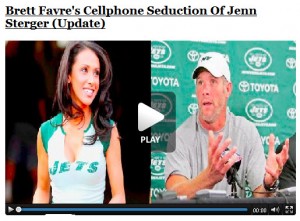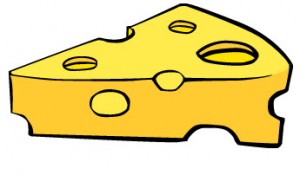Corporate Social Media Departments.
I met with someone smart yesterday and shared my view that in the future large corporations will have their own social media departments — staffed with writers, videographers, photographers, coders and digital editors. This senior strategy and innovation officer processed the thought, nodded in partial agreement, then noted that the level of creativity likely to come out of this type of group would be modest. He was right.
An internal social media department will do a good job of relating the corporate viewpoint, organizing proof and demonstrations of product value, and it will do so accurately… but in the end it will lack that creative oomph provided by an agency. And here, I mean a digital or a brand agency.
That’s not to say internal social media departments won’t happen, they will. They already are. But the talent level required to do it BIG, won’t be found on staff. Sure, some implementation can be handled inside, but not the big honkin’ creative idea. Not the polished sight and sound. And agencies need to figure out how to charge for that idea? Beyond production and mark-up that is. Does the answer reside within Google? Hmmmm. Peace!







